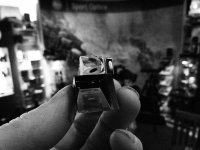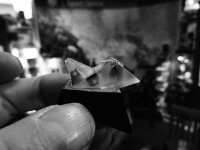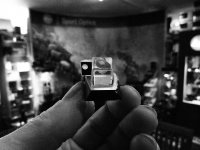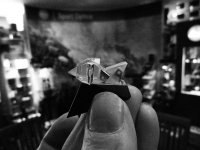Jagdpraxis have reviewed the Leica Geovid HB-B 8x42 and compared it to the Swarovski EL 8x42 Range, and the Zeiss Victory 8x45 RF, interesting reading even if you are not interested in the ballistic applications ... the article is in English and is attached below in pdf.
A useful independent review ... from Jagdpraxis.com ... "Im Bereich Jagdoptik arbeitet Jagdpraxis zusammen mit dem optischen Fachlabor der Georg-Simon-Ohm-Hochschule in Nürnberg unter Leitung von Prof. Dr. Hanskarl Treiber und kann somit die Tests exklusiv auf neutrale Ergebnisse stützen."
Earlier this year we had a thread on the Leica Geovid HD-B here : http://www.birdforum.net/showthread.php?t=275722&highlight=rangefinder
If the pdf link doesn't work let me know and I'll dig out the weblink.
A useful independent review ... from Jagdpraxis.com ... "Im Bereich Jagdoptik arbeitet Jagdpraxis zusammen mit dem optischen Fachlabor der Georg-Simon-Ohm-Hochschule in Nürnberg unter Leitung von Prof. Dr. Hanskarl Treiber und kann somit die Tests exklusiv auf neutrale Ergebnisse stützen."
Earlier this year we had a thread on the Leica Geovid HD-B here : http://www.birdforum.net/showthread.php?t=275722&highlight=rangefinder
If the pdf link doesn't work let me know and I'll dig out the weblink.
Last edited:








